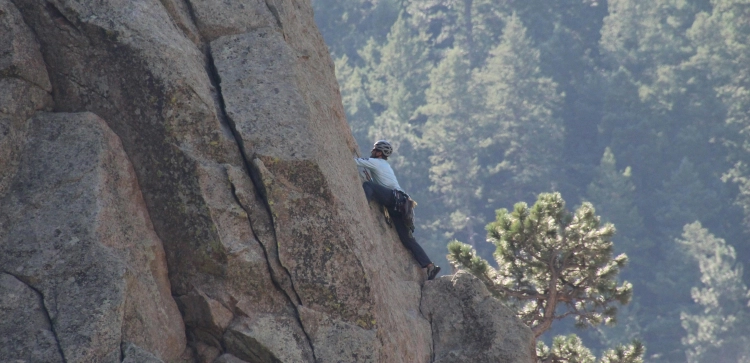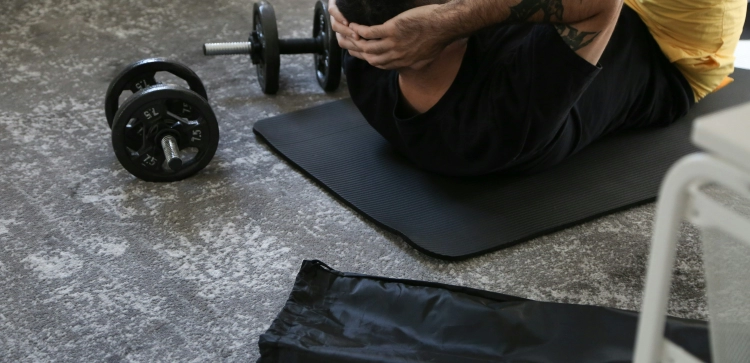What's The Etiquette For Climbing At Crowded Crags?

Climbing is not only about topping routes, but also about respecting the climbing community and the natural environments where we pursue our passion. When climbing at crowded crags, practicing good etiquette is essential for maintaining a positive and harmonious climbing experience for everyone involved. In this guide, we'll explore the essential etiquette and best practices for climbers at crowded crags.
The Importance of Climbing Etiquette
Climbing etiquette is not just a set of rules; it's a way of showing respect for fellow climbers, the environment, and the climbing areas we cherish. Here's why it matters:
Safety First:
Following climbing etiquette helps ensure safety for everyone. Clear communication and courtesy are essential, especially in crowded areas where multiple parties are climbing.
Protecting the Environment:
Practicing Leave No Trace principles by minimizing environmental impact is crucial. Stick to established trails, avoid trampling vegetation, and pack out all trash.
Fostering a Positive Climbing Culture:
Climbing etiquette creates a positive atmosphere at the crag. It promotes camaraderie and ensures that climbers of all levels can enjoy their time on the wall.
Rules for Sharing Climbing Routes
Sharing routes with other climbers is common at crowded crags. Here's how to do it gracefully:
Queue Respectfully:
If there's a line for a route, join it in order. Avoid cutting in front of others who've been waiting.
Don’t Hog The Route! Let Others Climb:
An example of letting others climb can be made out of bouldering. Often, climbers tend to give a route a few attempts in a row, without considering that there are other climbers also waiting for their chance to hop on the route. This is where clear communication and respect comes in. If there are more people waiting to climb the route, and you have given it an attempt or two, let others who are waiting also climb on it.
Communicate Clearly:
Use polite and clear communication with other climbers. Confirm the order of climbers, and ensure everyone knows when it's their turn.
Limit Chalk Use:
Be mindful of excessive chalk use, as it can create messiness on holds. Use chalk sparingly and avoid over-chalking routes. If you overused chalk, don’t just leave it there for the next person to slip off of and take care of, take care of it yourself by brushing it off.
Minimizing Impact on the Environment
Protecting climbing areas and the surrounding environment is a shared responsibility:
Stay on Established Trails:
Stick to designated paths and trails to prevent soil erosion and damage to vegetation. Often you will even see signs saying to stay on the trail to allow revegetation of the land.
Leave No Trace:
Pack out all trash, including tape, chalk balls, and food wrappers. Dispose of waste properly. Unfortunately, there are many climbers who do not follow this rule and leave trash around as if the crag is their home. It is then up to other climbers to clean up after them. If you see trash at a crag, the land and fellow climbers who actually respect the land will greatly appreciate it if you pick up the trash, even if it's not yours.
Avoid Over-Chalking:
Excess chalk buildup on holds can harm the rock and affect the climbing experience for others. Use chalk sparingly and brush holds as needed.
Safety Considerations
Climbing in crowded areas requires heightened safety awareness:
Helmets:
Always wear a helmet, especially in crowded crags where the risk of falling debris is higher.
Falling Zones:
Be aware of potential falling zones and ensure that climbers below are adequately warned.
Communication:
Use clear and standardized climbing commands to ensure belaying and climbing safety.
Be Mindful
Being mindful is perhaps one of the key elements of having a safe, fun, and challenging time at the crag. It really comes down to being mindful of yourself, others around you, and of the area you are in. If you bring in trash, take it back with you. If you see trash, even if it’s not yours, take it with you so that the crag will be kept clean. If there are many people crowded under a route, communicate with them that you are climbing before you start, to prevent falling on anyone. Keep your eyes open and mind sharp.
Conclusion
Climbing at crowded crags can be both exhilarating and challenging. By practicing good etiquette, you contribute to a positive climbing culture, protect the environment, and ensure a safer climbing experience for all. Remember, we all share the same passion for climbing, and by climbing with respect and courtesy, we can continue to enjoy our beloved sport to the fullest.
So, the next time you find yourself at a crowded crag, take a moment to appreciate the climbing community, the beautiful natural setting, and the joy of scaling the rock. And, of course, climb on with courtesy and respect.












